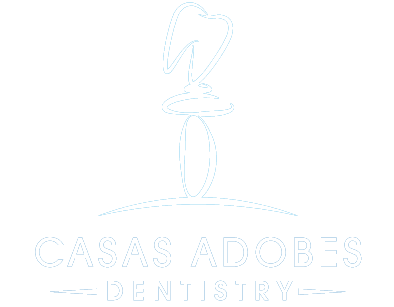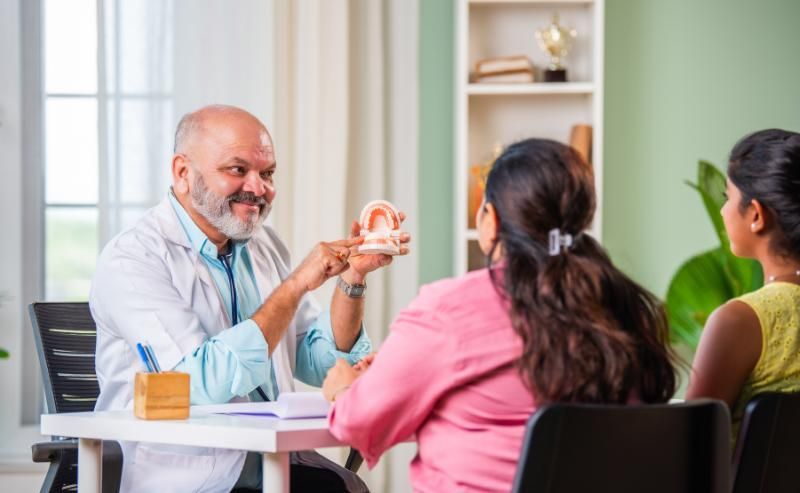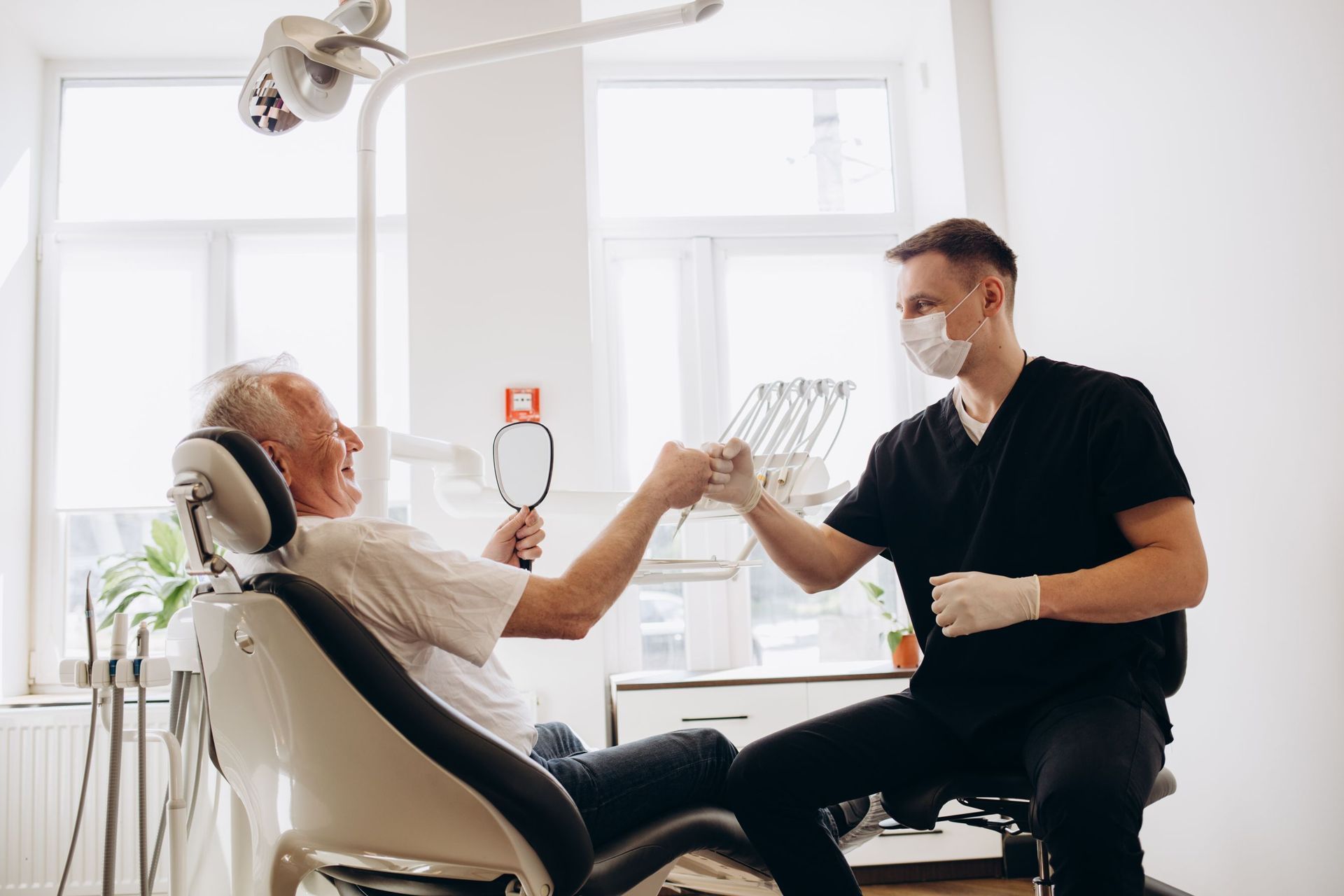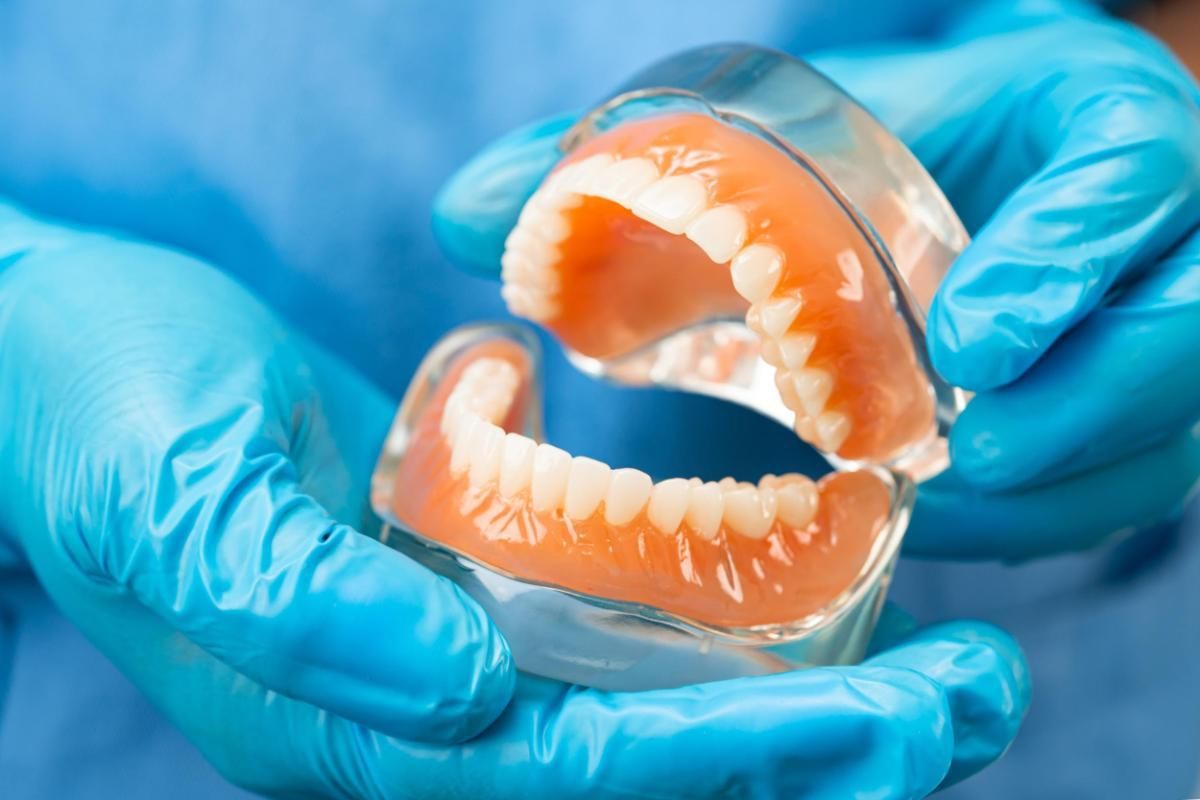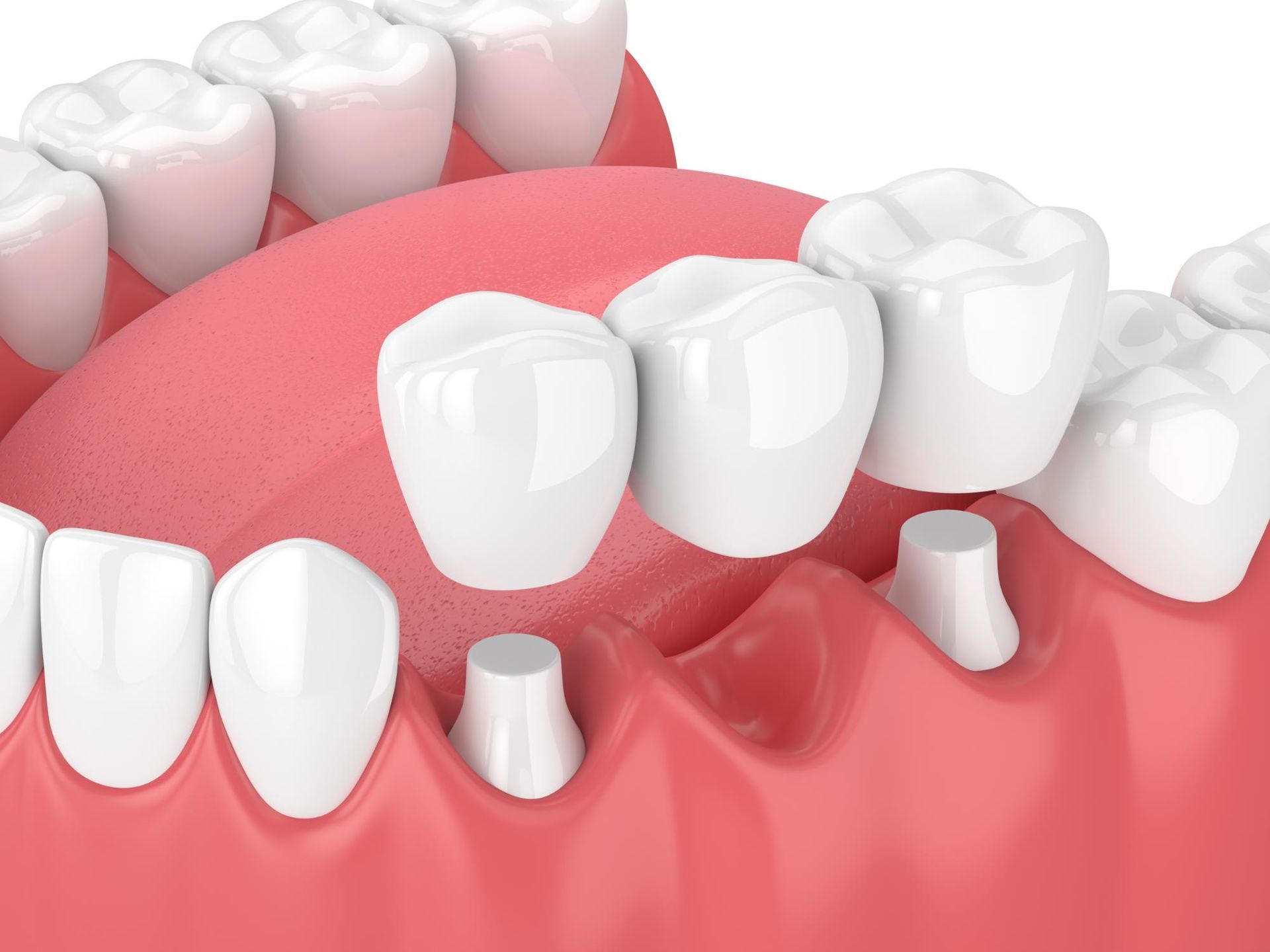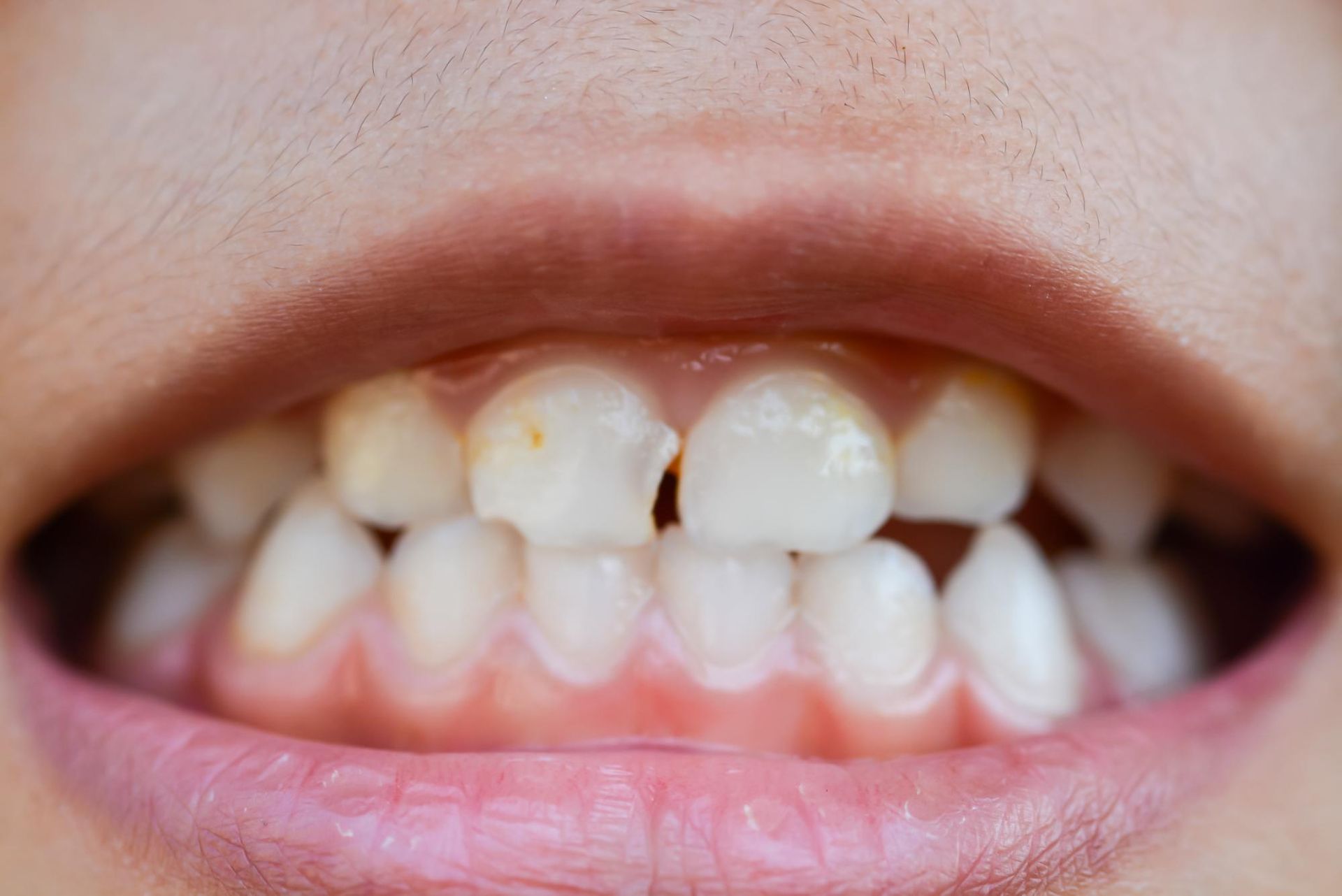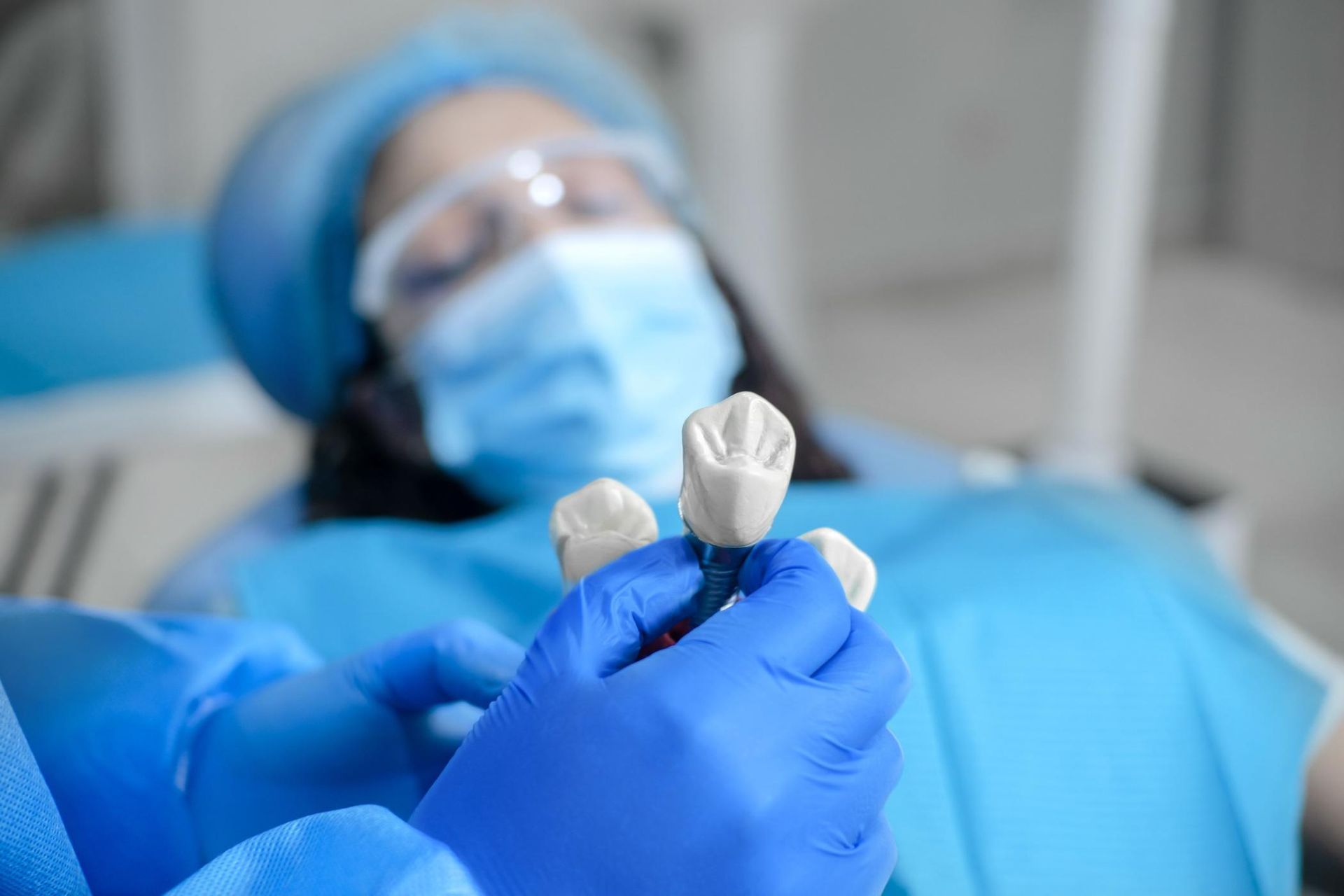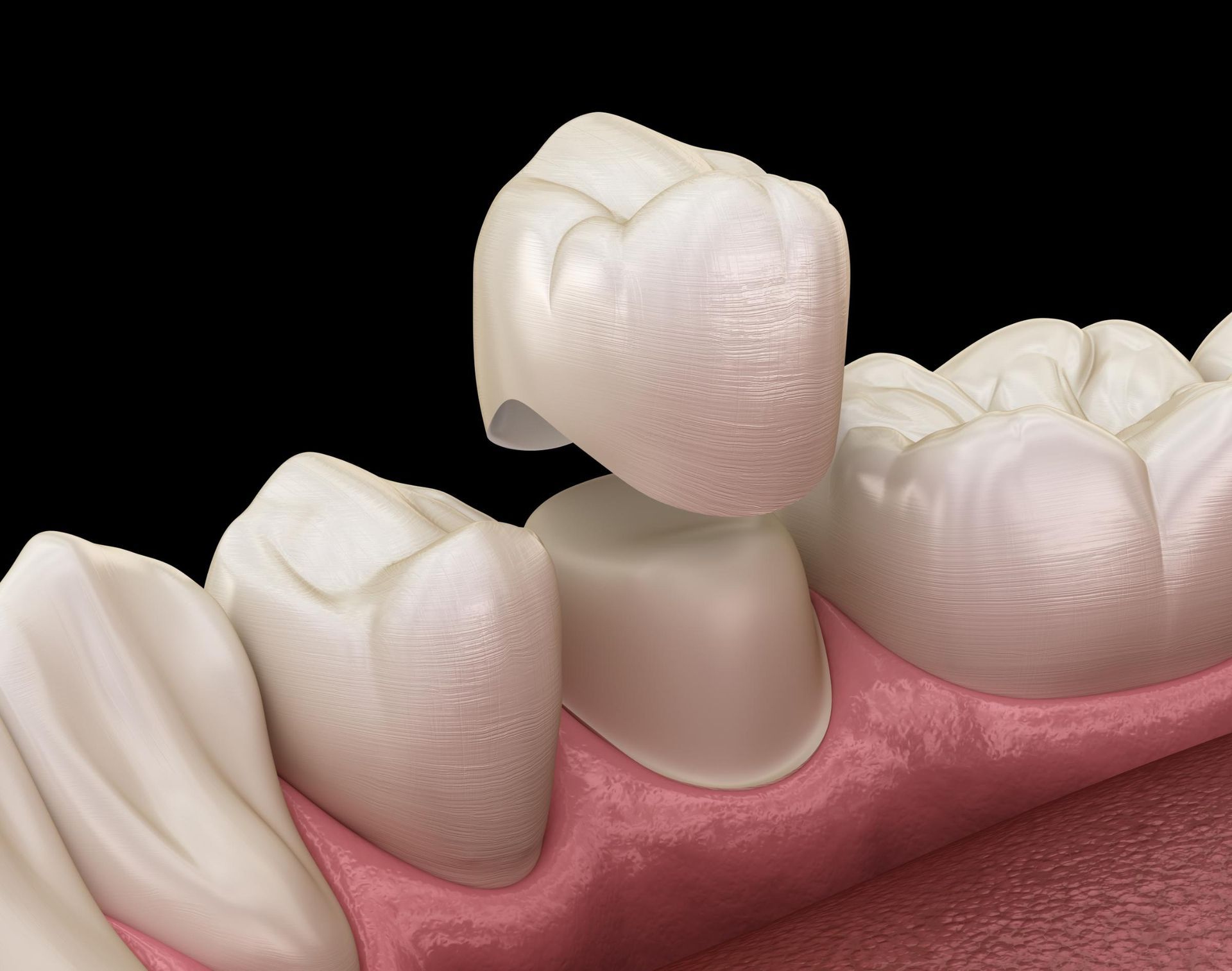Brighten Up Your Smile With Teeth Bleaching from a Cosmetic Dentist

People suffering from a yellowing smile can turn to professional teeth bleaching for fast, effective results. While many at-home procedures can help whiten teeth, most individuals experience a better outcome when working with a cosmetic dentist instead. Patients interested in this type of treatment should determine if they are a good candidate and learn what is involved in the process.
Candidates for teeth bleaching
In general, individuals should be in good oral health and able to maintain proper hygiene practices. A recent dental cleaning and exam are recommended, and all cavities should be properly treated. Those with extensive amounts of tooth decay or gum disease should not attempt to whiten teeth until the underlying conditions are resolved.
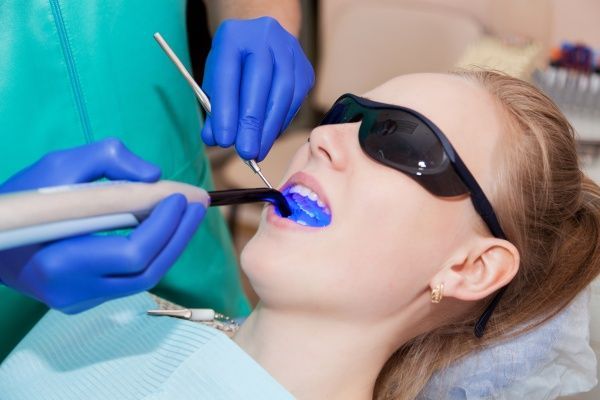
Individuals with crowns, bridges, or fillings in prominent locations may not want to undergo teeth bleaching, since most dental work will not respond to whitening treatments. Patients should also fit the following criteria before scheduling a professional whitening procedure:
- Over the age of 16
- Does not experience frequent tooth sensitivity
- Not currently pregnant or breastfeeding
- Not sensitive to peroxide (a common ingredient in teeth bleaching products)
- Does not suffer from bruxism (severe teeth grinding)
- Does not currently use tobacco products
Types of stains treated
Teeth that are stained from age or the consumption of certain products usually respond well to treatment. Discoloration from items like coffee, tea, and tobacco can typically be resolved with teeth bleaching. However, stains that are brought on from excessive fluoride use or injury to the teeth will not respond to whitening procedures. Patients should ask about other cosmetic options for these situations, such as crowns or veneers.
The whitening process
Switching to a sensitivity toothpaste a few weeks before the procedure can be beneficial. Whitening treatments can cause tooth sensitivity, but using the right toothpaste beforehand can help protect from excessive discomfort. A recent professional cleaning is also recommended to ensure better results.
In-office treatment
During the procedure, a lip retractor is used to keep the mouth open to the desired position. A rubber dam may also be used to protect the gum line while only exposing the affected teeth. A protective coating is applied to the surrounding soft tissues to prevent the bleaching gel from irritating these areas. Then, the gel is brushed onto the teeth, allowing the whitening agents to activate and penetrate the stains. The process may be repeated several times depending on the level of staining and desired results.
At-home care
Once the treatment is complete, most professionals recommend avoiding any foods or beverages that can stain teeth for 48 hours. After that, normal dietary habits can be resumed. However, it is recommended to limit the overall consumption of such products to maintain results. If changes or extreme sensitivity occur, a dentist should be consulted for evaluation. At-home care may include take-home whitening trays in order to maintain the desired whiteness after leaving the office.
Conclusion
People in good oral health with a dull or yellow smile can see major improvements with teeth bleaching. For the procedure to be successful, patients should meet the criteria and follow a dental professional's recommendations for treatment and care.
Request an appointment here: https://www.casasadobesdentistry.com or call Casas Adobes Dentistry at (520) 365-0559 for an appointment in our Tucson office.
